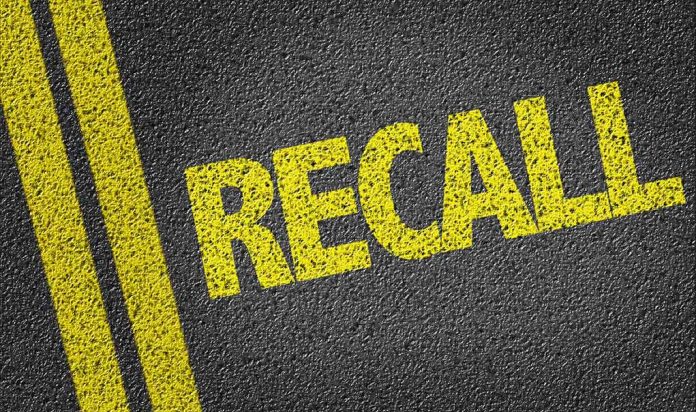
Ford recalls over one million vehicles due to a dangerous software glitch that could leave drivers blind while backing up, exposing the company’s recurring safety issues with rearview camera systems.
Key Takeaways
- Ford is recalling more than 1 million vehicles from model years 2021-2025 due to a software error affecting the rearview camera display
- The defect causes screens to freeze, delay, or completely fail to display the rearview image when reversing, significantly increasing accident risk
- Affected models span Ford’s lineup including Bronco, F-series trucks, Mustang, Mach-E, and several Lincoln luxury vehicles
- This isn’t Ford’s first camera-related recall—the company previously paid a $165 million penalty for a delayed recall of 620,000 vehicles with similar defects
Safety Defect Affects Popular Models Across Ford’s Lineup
Ford Motor Company has initiated a massive recall affecting over one million vehicles due to a potentially dangerous software error in the center infotainment screens that control rearview camera systems. The recall encompasses numerous popular models from both the Ford and Lincoln brands spanning the 2021 to 2025 model years. The affected vehicles include the 2021–2024 Bronco, F-150, Edge, 2023–2024 Escape, Corsair, F-250, F-350, F-450, F-550, F-600, 2022–2024 Expedition, 2022–2025 Transit, 2021–2023 Mach-E, Lincoln Nautilus, 2024 Ranger, Mustang, and 2022–2024 Navigator.
The issue stems from a software error in the Ford Sync infotainment system that can cause the rearview camera display to malfunction when the vehicle is placed in reverse. According to Ford’s filing with regulators, there are no warning signs before the error occurs, leaving drivers vulnerable to sudden camera failures. The National Highway Traffic Safety Administration (NHTSA) began investigating the issue in January after receiving nearly 40 complaints, including four reports of persistent camera failures. Ford engineers were able to reproduce and confirm the defect in April 2025.
Ford Motor is recalling nearly 1.1 million Ford and Lincoln vehicles because of a software problem that could cause the rearview camera image to malfunction when the car is in reverse. https://t.co/39GTPPwsjC
— CBS News (@CBSNews) May 28, 2025
Recall Timeline and Remedy Process
Ford has begun notifying dealers about the recall, and vehicle owners will start receiving initial notification letters beginning June 16. These letters will inform owners about the safety defect but won’t yet provide instructions for fixing the problem. A second notification will be sent once the remedy is available, which Ford expects will be sometime in the third quarter of this year. The fix will involve updating the accessory protocol interface module (APIM) software, which will need to be performed at a Ford or Lincoln dealership for most vehicles.
“A software error may cause the rearview camera image to delay, freeze or not display when the car is in reverse, reducing the driver’s view behind the vehicle and increasing risk of a crash, Ford said in a recall notice to the National Highway Traffic Safety Administration on Tuesday,” Declared by Ford.
Some newer vehicles equipped with over-the-air update capabilities may be able to receive the software fix remotely once it becomes available. So far, Ford has confirmed one minor crash related to the rearview camera defect, though fortunately no injuries were reported in that incident. However, the potential for more serious accidents remains as long as affected vehicles continue operating with the faulty software. Owners are advised to exercise extra caution when backing up until the software update is installed.
Pattern of Camera Problems Plagues Ford
This massive recall is not Ford’s first encounter with rearview camera issues. Just last month, the company recalled 289,000 vehicles for a similar problem. More significantly, Ford previously paid a substantial $165 million penalty for delaying a recall of 620,000 vehicles that had defective rearview cameras. This pattern suggests ongoing quality control challenges with the camera systems that have become standard safety equipment on modern vehicles. The recurring nature of these issues raises questions about Ford’s engineering and software validation processes.
“In April, engineers were able to reproduce the defect and link the faulty camera back to a software glitch,” Declared by Ford.
The rearview camera has become a critical safety feature in modern vehicles, required by federal regulations since 2018. These cameras significantly reduce the risk of Bockover accidents, particularly those involving children or obstacles in blind spots. When these systems fail without warning, they create a particularly dangerous situation as drivers have come to rely on them during routine backing maneuvers. The scope of this recall highlights the growing complexity of automotive software systems and the widespread impact when these digital components fail.





